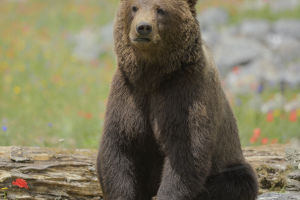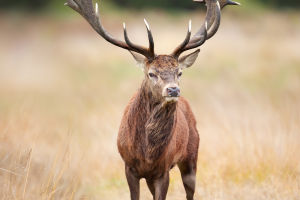Magpies are fascinating and intelligent birds that are known for their striking black and white plumage and their distinctive calls. They are found throughout much of the world, including Europe, Asia, and North America, and are a common sight in many urban and suburban environments.
In this essay, we will explore the biology, behavior, and cultural significance of magpies.
Magpies are members of the crow family and are closely related to other corvids such as crows, ravens, and jays.
Like most birds, they are small, generally about 50 cm in length, and prefer to live in groups.
Their wings are black with white patches, and their tails are black with white tips.
Magpies are known for their intelligence and social behavior. They are highly adaptable birds and can thrive in a variety of environments, including urban and suburban areas.
Magpies are omnivores and feed on a variety of prey, including insects, small mammals, and birds. They are also known to scavenge for food and will eat carrion and garbage.
Magpies are highly social birds and are known for their complex vocalizations and their elaborate courtship displays.
They are also known for their habit of collecting shiny objects, such as coins and jewelry, which has led to their reputation as "thieves."
However, recent research suggests that this behavior may be more related to their attraction to novel and colorful objects, rather than a desire for shiny things.
Magpies are not docile animals, but rather they are very aggressive.
Although the eagle is larger and more aggressive than the magpie, the magpie is very clever and often plays the eagle for a fool.
And although individual magpies cannot fight eagles hard, they generally do not act alone, which puts solitary eagles at a distinct disadvantage. Therefore, magpies have no natural enemies in nature.
Magpies have long held cultural significance in many parts of the world.
In Chinese culture, magpies are associated with good luck and fortune and are often depicted in art and literature.
In some Native American cultures, magpies are seen as tricksters and are associated with mischief and deception.
In popular culture, magpies have been featured in a variety of films, books, and songs.
One of the most well-known examples is the children's nursery rhyme "One for Sorrow," which refers to the superstition that seeing a single magpie is bad luck.
Magpies have also been featured in films such as "The Magpie" and "Magpie's Love," and in books such as "Magpie Murders" and "The Magpie Lord."
In conclusion, magpies are fascinating and intelligent birds, do you like this bird?


